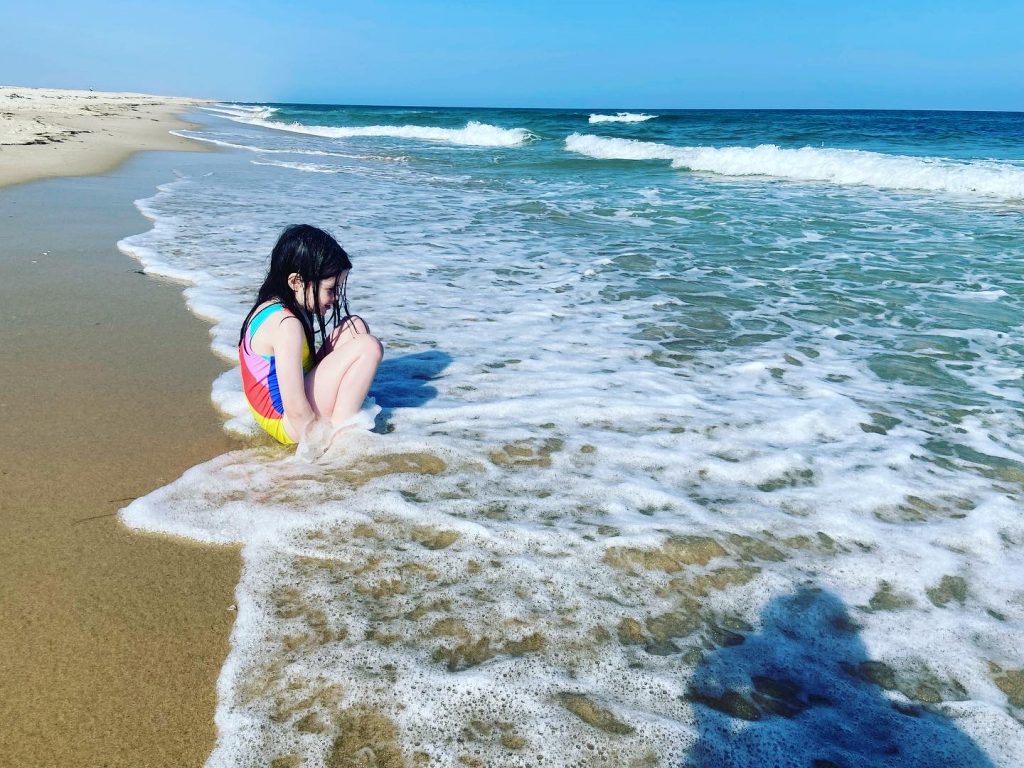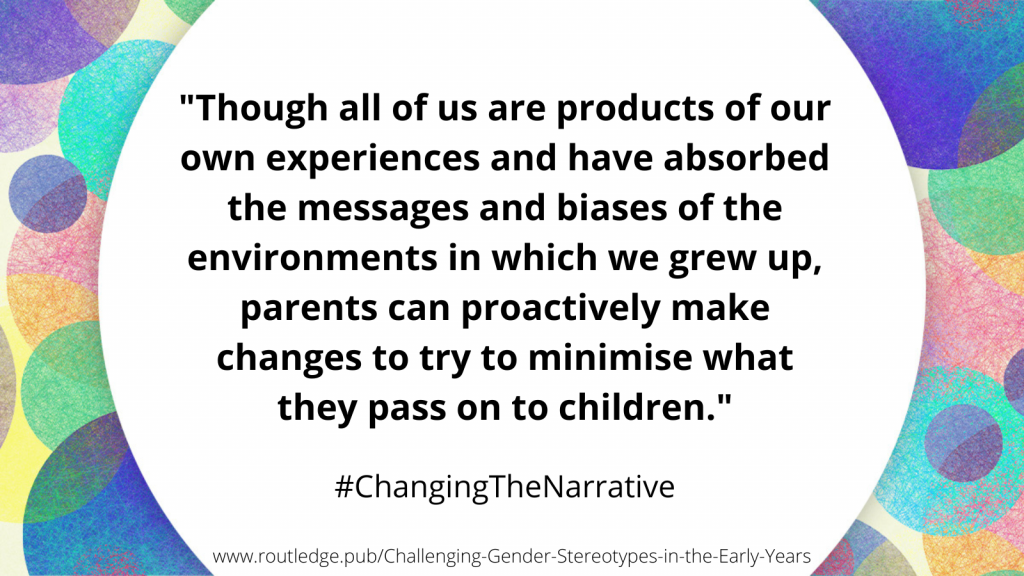I’ve recently returned from a family holiday in Portugal. One afternoon I found myself watching my 6 year old daughter as she played happily in the sand by the water. As she rolled around in her bathing suit, covering herself in wet sand, I marvelled at her complete abandon and lack of concern for who might be watching her, and what they might be thinking about her and her body. With a mixture of love, envy and concern I wondered how long it might be before all that changed – before the weight of the world’s expectations for her, a young female, started to cast doubts in her mind and shadows over her actions.

As a pale skinned dark haired freckly Scot, I’ve spent most of my life striving for something which my biology teacher in high school told me was completely beyond my reach – a suntan. I have really strong memories of returning to school after summer to friends who had spent family holidays in exotic sounding places like Majorca and Salou and who were sporting the ultimate summer accessory – glowing brown skin. We never had exotic holidays as a kid, but even with plenty of sun exposure on long sunny camping holidays in southern England my skin stubbornly refused to change colour. The inevitable “where’s your tan?” comment has often felt like the soundtrack to the summer for me. I have perfected a series of witty responses – but it still stings. It’s probably important here to acknowledge the irony of me, a privileged white woman, bemoaning the lightness of my skin – but the pressure to tan is one I have felt deeply throughout my life.
As I have grown older I’ve come to accept, and even be slightly proud of my pale complexion. I no longer torture myself with hours of hot uncomfortable sun exposure when I’d much rather sit in the comfort of the shade with a good book and a cold drink. I’ve even to a large extent given up on fake tanning, bar the occasional wedding or special night out. It’s been freeing!
My attention is now on my similarly pale skinned and wonderful daughter. Despite all the positive rhetoric around body positivity, it seems to me that the pressure to tan feels as real as ever. I read a post recently from a young feminist campaigner on Twitter who was doing a fake tan detox and was horrified at her paleness and anxious about going out in public. Why are we still doing this to ourselves?
I don’t want this for my daughter. I don’t want her to face a lifetime of embarrassment, shame and regret about any aspect of her appearance – of feeling somehow less than, or not good enough. Of spending her valuable time chasing unrealistic body ideals when it could be better spent on the things that actually matter. Of exposing herself to dangerous amounts of sun as she chases something impossible.
In “Challenging Gender Stereotypes in the Early Years” I wrote a chapter on body image and the pressures on girls and women in particular (but not exclusively) which are often tied up with stereotypes around what the ideal body or the ideal woman should look like. This pressure starts young. In a 2016 survey, 24 per cent of childcare practitioners noticed signs that the children in their care aged from 3 to 5 years, were unhappy with the appearance of their bodies in some way. This figure doubles by the time children reach the age of 10.
Preoccupation with our appearance in general limits our ability to interact and engage with the world around us and our ability to focus on other aspects of life. It’s really important to me that I do whatever I can to protect both my children from these pressured – from a world which tells them they aren’t good enough.

As important adults in the lives of the children we care for, what we say and do around this stuff really matters. The chapter I wrote gives some suggestions for childcare practitioners that are really relevant for anyone interacting with young kids. They include:
- Moving away from a focus on appearance in general. Constant comments about how pretty or cute a little girl is, from example, could send her the message that her value to those around her lies in how she looks. Teaching children to compliment on things other than appearance helps them to recognise all the different ways people can be recognised and valued.
- Addressing appearance based teasing is vital – in fact, talking about other people’s bodies in general is not a good idea.
- Focusing on what our bodies can do rather than how they look when talking or teaching about bodies is a helpful rule – our bodies are wonderful and miraculous things. Let’s celebrate that! However we need to be careful how this is framed in the context of disability, helping children to recognise that all bodies are good bodies. Similarly with race and ethnicity – we need to be confident to talk about and explore difference.
- Using resources which show a diversity of bodies – different shapes, sizes, abilities and colours.
Possibly one of the most difficult but arguably most important change we can make is to ensure that we role model an acceptance of and appreciation for our own bodies. I try really hard not to make negative comments about my body in earshot of my kids and instead speak of my body with love and pride.
After we returned from holiday, as I was covering my daughter in sunscreen as she prepared for a warm day at school, I did exactly this. I spoke about how I have beautiful pale skin that I love and take care of in the sun. She smiled, looked me up and down and said “Yes Mum, you do have lovely pale skin. Well, except for your red nose!” But that, my precious daughter, is another story entirely.